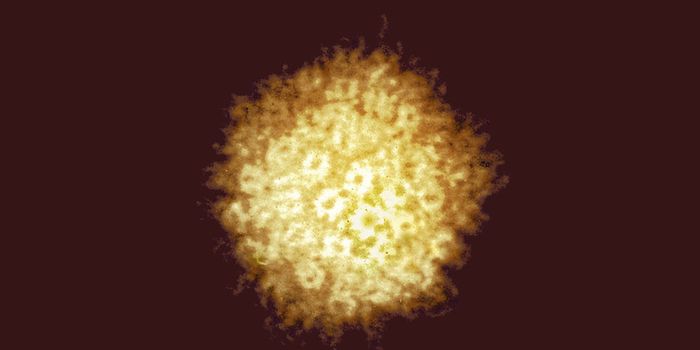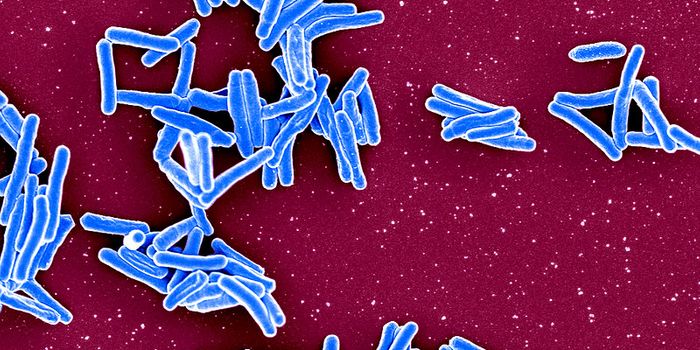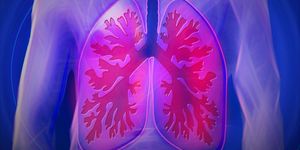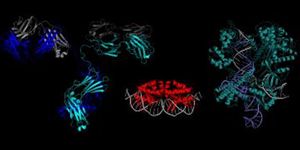Microbes That Live on Air Alone Found Outside of Antarctica
In 2017, researchers reported that they had identified microbes in Antarctica that could basically survive on only air. Now a follow-up study from the same group of researchers has shown that this process commonly occurs in the polar soils of the Arctic, Antarctic, and Tibetan Plateau in the Himalayas. The findings have been reported in the journal Frontiers in Microbiology by the research team from the University of South Wales (UNSW), the Australian Antarctic Division, and China's Institute of Tibetan Plateau Research.
This research can help us learn more about the extraterrestrial life that could exist in the extreme environments of our solar system.
"This is what NASA's Mars 2020 Perseverance Rover (below) is aiming to do - to search for signs of ancient microbial life in core samples of Martian rock and soil," said the senior author of the study, Associate Professor Belinda Ferrari, of UNSW Science. "A future mission will take the samples back to Earth and NASA scientists will analyze the soil in a similar way we do, to try and see whether there are any indicators of life."
Photosynthesis uses light to generate energy, but microbes that can use gases for energy (in a process known as chemosynthesis) can be found outside of Antarctica.
"There are whole ecosystems probably relying on this novel microbial carbon fixation process where microbes use the energy obtained from breathing in atmospheric hydrogen gas to turn carbon dioxide from the atmosphere into carbon in order to grow," suggested Ferarri. "We think this process occurs simultaneously alongside photosynthesis when conditions change, such as during the polar winter when there is no light, but we aim to confirm this hypothesis in the next stage of our research.
"So, while more work is needed to confirm this activity occurs globally, the fact that we detected the target genes in the soils of the three poles means this novel process likely occurs in cold deserts around the world, but has simply been overlooked until now."
After their previous findings, the scientists wanted to know whether the phenomenon they observed happened elsewhere. "So, this time we did a global study. We collected the top 10-centimeter layer of soil from various sites at the three poles, which is the depth where most of the organisms we study are found," said the lead study author and UNSW graduate candidate Angelique Ray. "The ground at those locations is completely frozen for most of the year - and there's not a lot of soil because it's mostly rock."
In this study, the researchers focused on samples collected between 2005 and 2019 from 14 sites in cold desert ecosystems in Antarctica, the high Arctic, and the Tibetan Plateau. They extracted any DNA that was in the soil and sequenced it to identify genes that are involved in carbon fixation and took note of the environmental conditions.
"By looking at the environmental parameters in the soil, that's how we knew there was low carbon, low moisture, and other factors at play," explained Ray. "So, we correlated the target genes for the carbon fixation process against the different sites and found the locations which are drier and lower in nutrients - carbon and nitrogen - had a greater potential to support this process, which made sense."
This work can help show how flexible the boundaries of life may be. It may change how microbiology is taught, suggested Ferrari.
"A lot of these ecosystems are quite dry and nutrient-poor - so, these locations are mostly dominated by bacteria," she said. "Particularly at the original east Antarctic sites we studied, there is not much else there apart from some mosses and lichens. Because these bacteria have adapted to survive and have the ability to use trace gases to live, their environment has selected them to become significant contributors to their ecosystems."
The scientists are also trying to learn more about the microbes they have identified.
"As part of the next phase, we aim to isolate one of these novel bacteria in the laboratory - to obtain a pure culture," added Ferrari. "This is difficult because the bacteria are used to growing on very little and an agar plate is different to their natural environment. Hopefully, then we can fully understand the conditions these bacteria need to carry out this unique process of living on air."
Sources: AAAS/Eurekalert! via University of New South Wales, Frontiers in Microbiology









